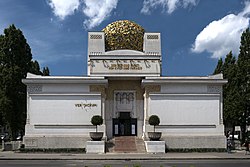This article needs additional citations for verification .(December 2010) |
| List of years in architecture |
|---|
| (table) |
The year 1897 in architecture involved some significant events.
This article needs additional citations for verification .(December 2010) |
| List of years in architecture |
|---|
| (table) |
The year 1897 in architecture involved some significant events.

